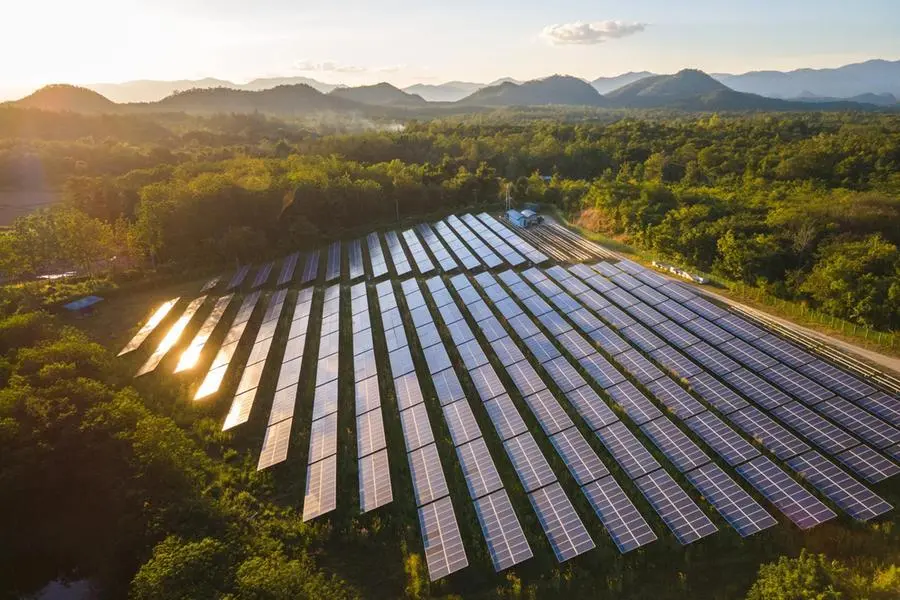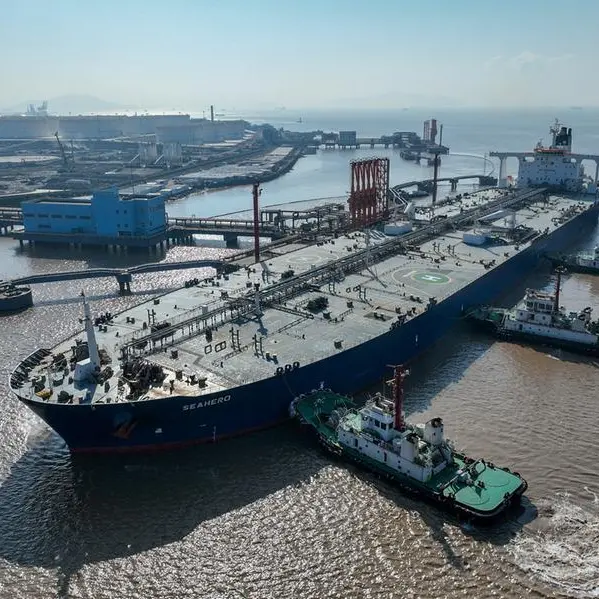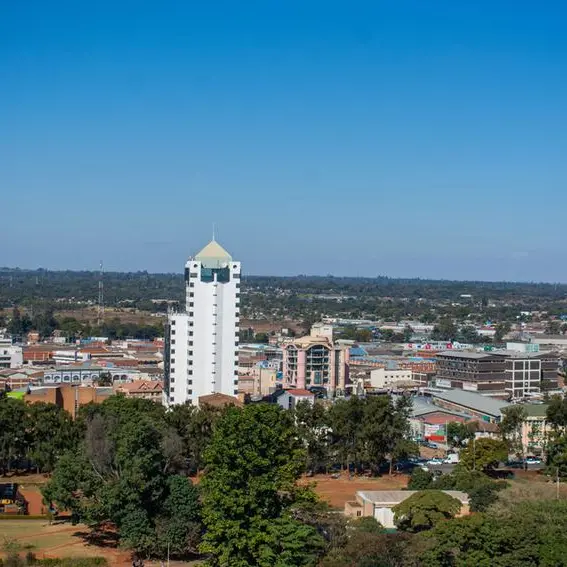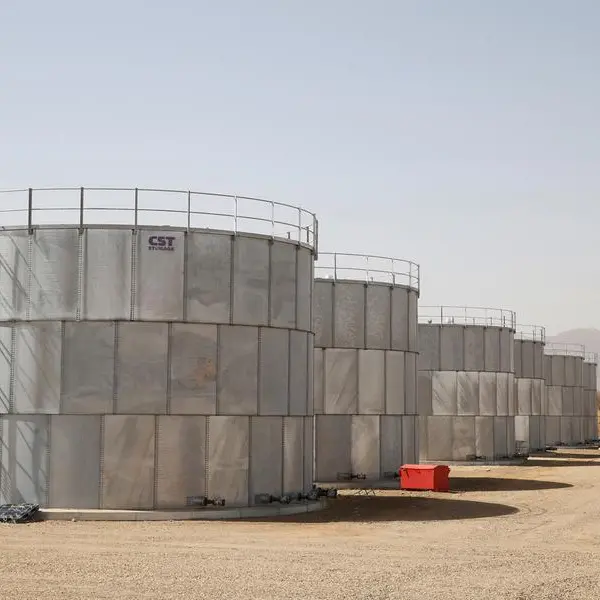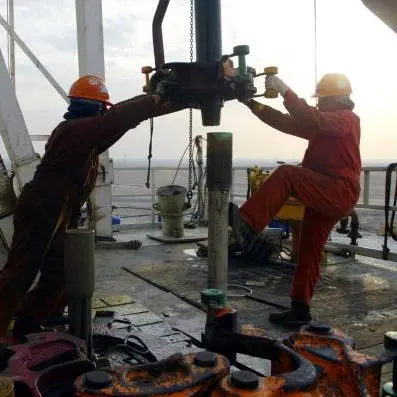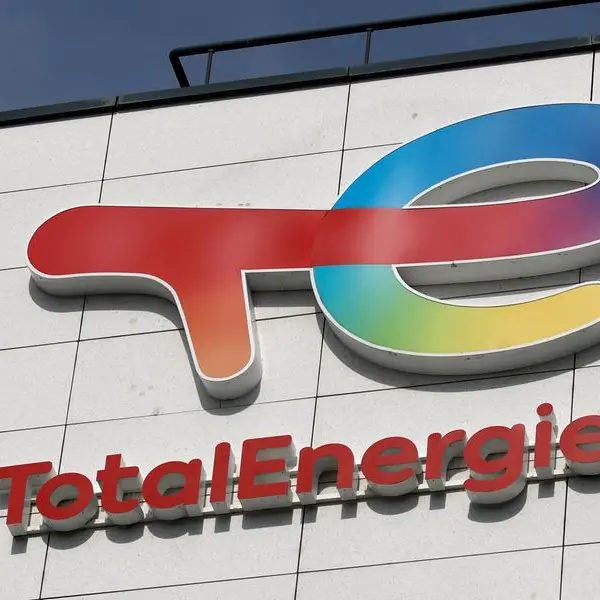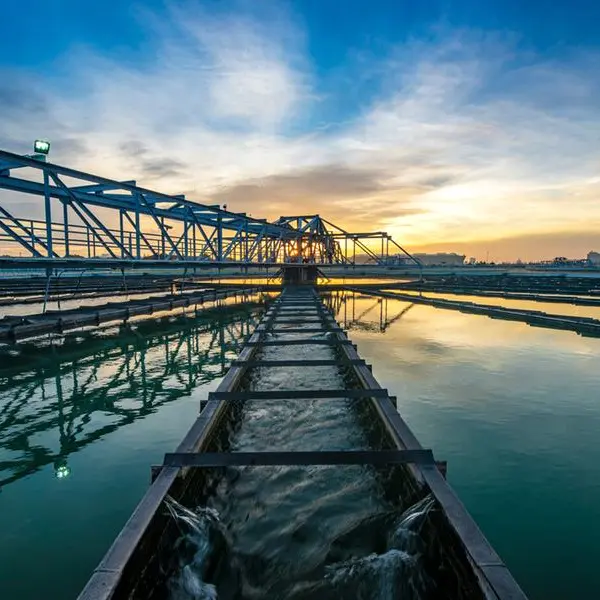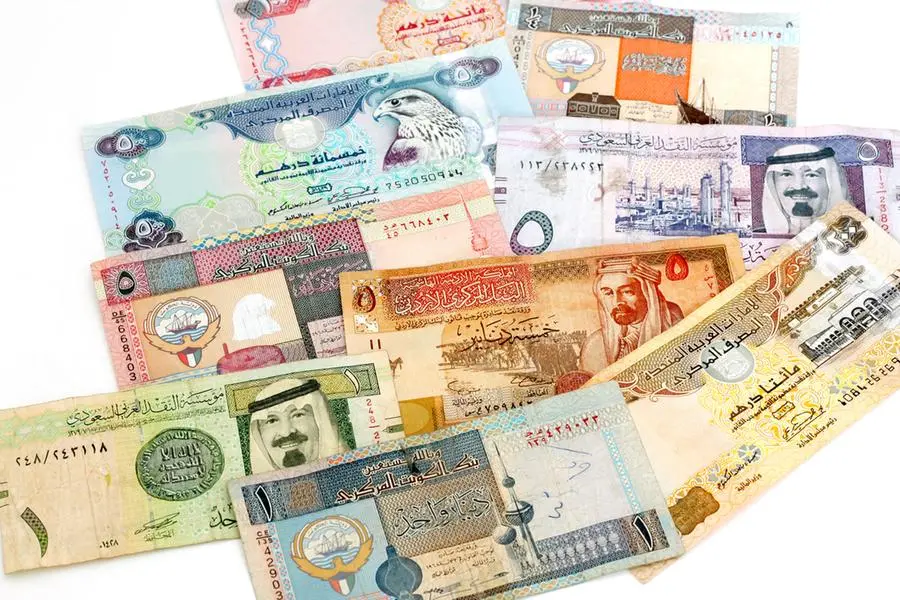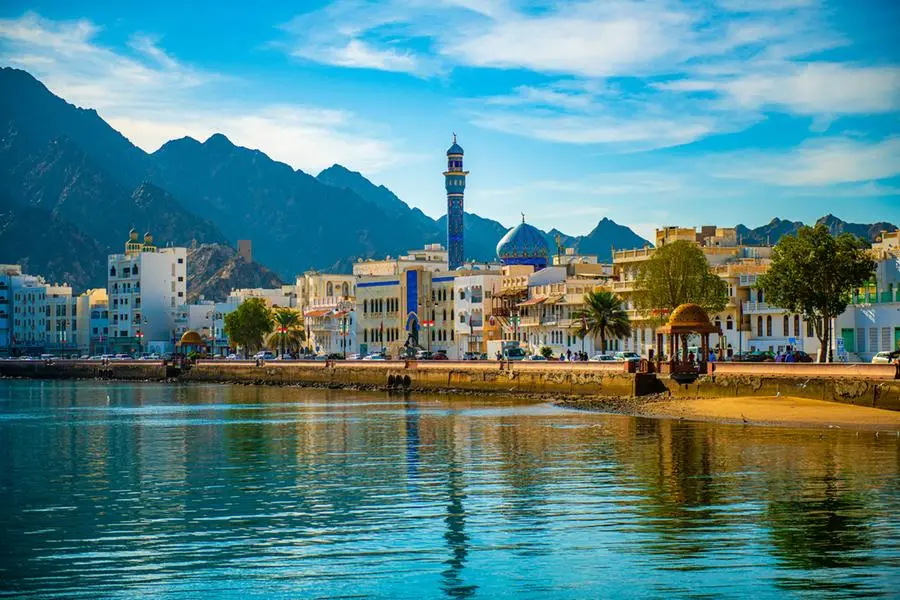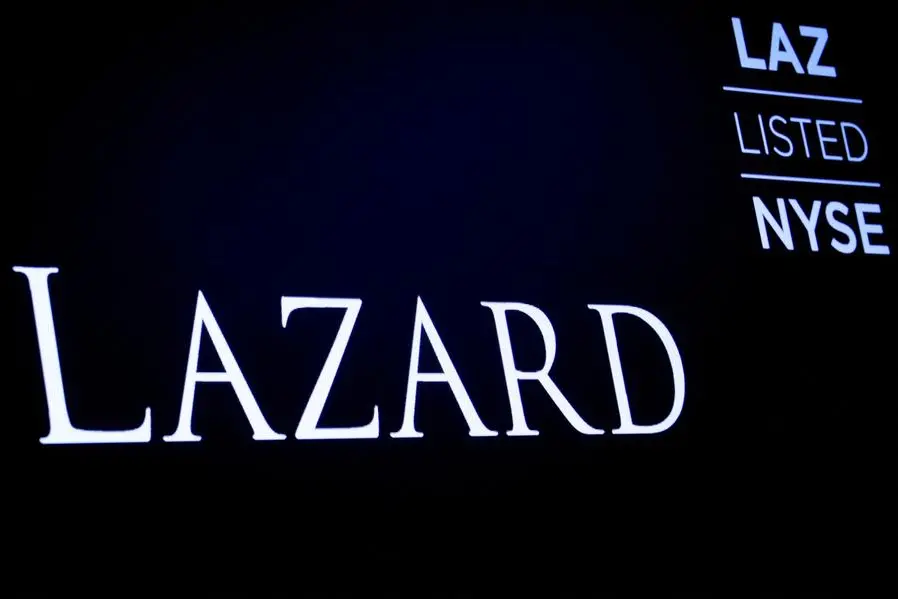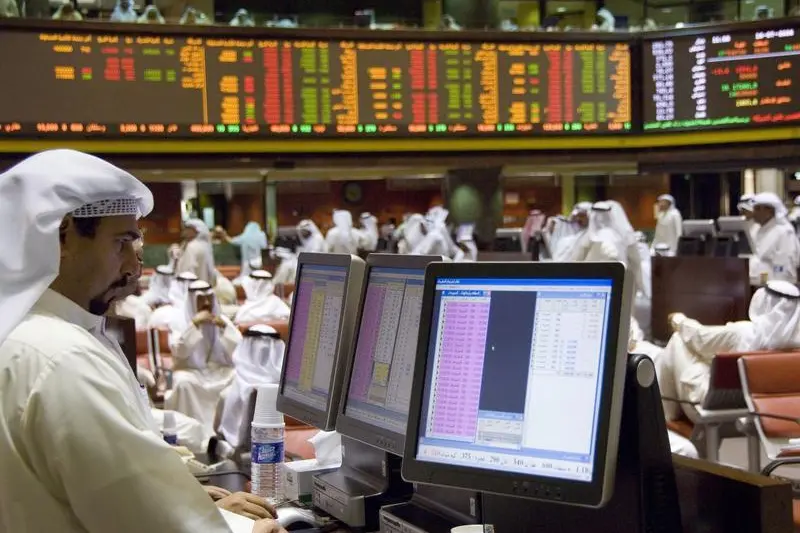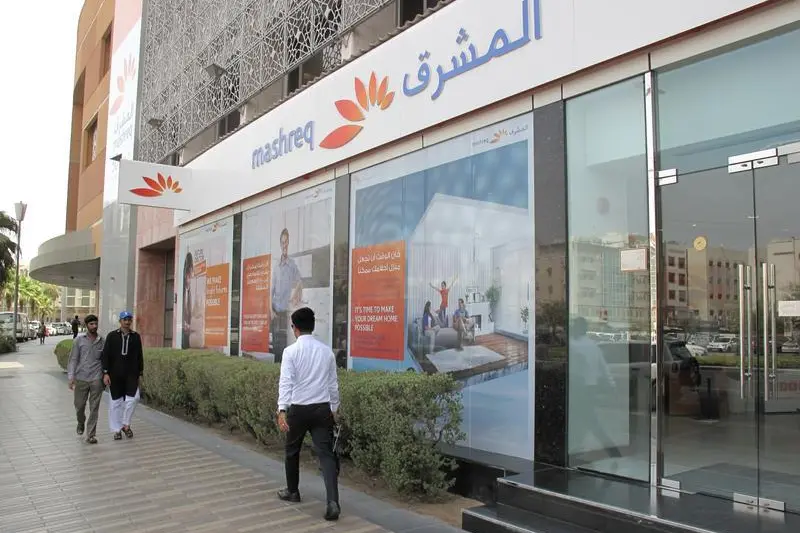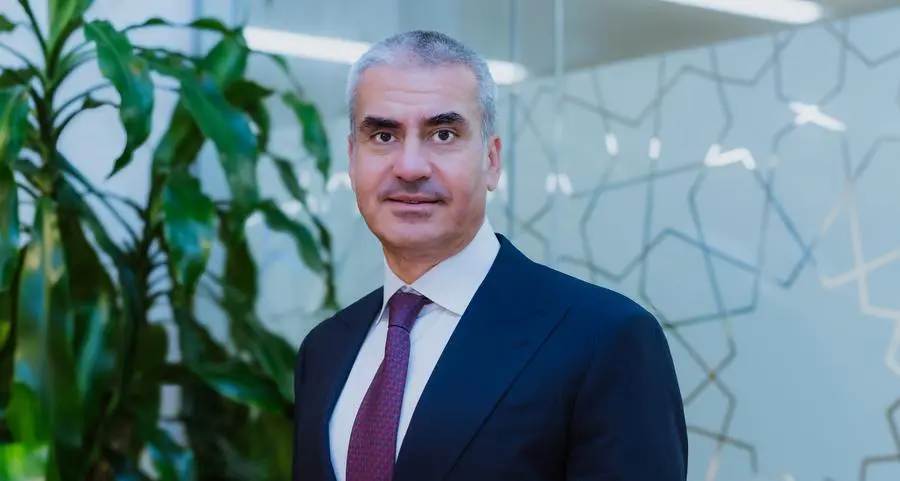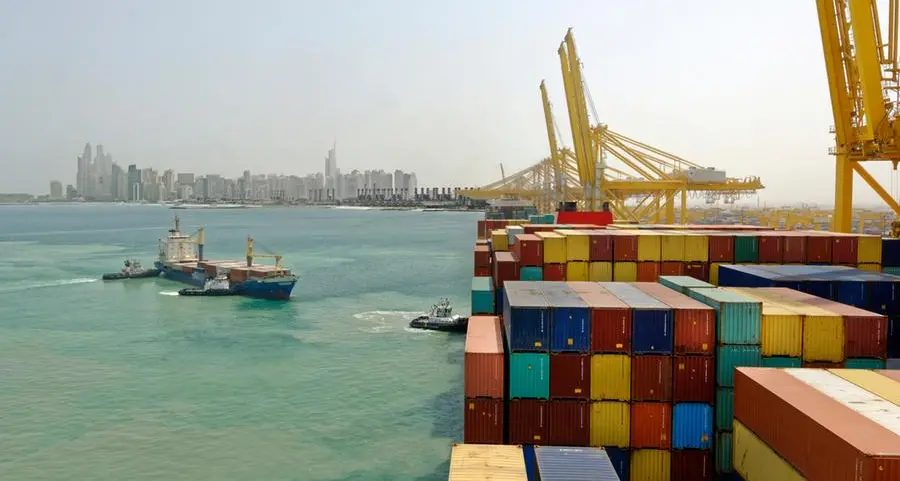PHOTO
Aerial view of solar power station and solar energy panels. Image used for illustrative purpose.
As the world transitions to alternative sources of energy, Nigeria in terms of electricity still grapples with inadequate power supply to its increasing population.
Interestingly, the country’s source of supply is largely dependent on grid power whose efficiency is determined by generation, transmission and distribution factors.
According to World Bank’s data of 2021, 85 million Nigerians still do not have access to grid electricity, representing 43 percent of the country’s population.
Nigeria is the largest economy in sub-Saharan Africa, but limitations in the power sector constrain growth. Nigeria is endowed with large oil, gas, hydro and solar resources, and it has the potential to generate 12,522 MW of electric power from existing plants. On most days, however, it is only able to dispatch a little above 4,000 MW, which is insufficient for a country of over 195 million people.
Apart from erratic supply, which is hindering growth of large and small-scale businesses, however, there are some unserved and underserved customers, who are not connected to the grid.
This is the gap the Rural Electrification Agency (REA) seeks to address through its Nigerian Electrification Programme(NEP).
The programme which is a product of $550million loan facility from the World Bank and African Development Bank is targeted at providing off-grid reliable and clean electricity supply to 705,000 households, 90,000 MSMEs, 100 isolation and treatment centres and primary healthcare centresin underserved and unserved areas across the country.
Under this programme, provision of captive solar hybrid power plants to 15 Federal tertiary institutions and two teaching hospitals also suffices.
A breakdown of the amount, according to data from the agency showed that $213million was earmarked for solar hybrid Minigrids, $75 million for stand-alone solar home systems, $250 million Energising Education Programme, $20million for Energy Efficient Equipment and Productive use of appliances and lastly, $37million technical assistance.
So far, the agency, under the programme has been able to deploy over 995,000 solar homes systems with over a million connections.
No doubt, renewable energy solutions like solar are the way to go. Apart from provision of clean, reliable and renewable energy, the project promotes electricity access for households, micro, small, and medium enterprises (MSMEs), and public education institutions.
267 grant agreements signed, 67 Minigrids completed
Although the NEP is initiated by the REA, it is purely private sector-driven. According to data made available by the agency, out of 567 applications received from developers only about 267 grant agreements have been signed.
This leaves 300 unsuccessful applications, a situation the REA’s Managing Director, Mr Ahmed Salihijo, blamed developers’ inability to meet financing criteria.
He said although the Federal Government (FG) has provided grant opportunities for developers, most of them are not able to meet criterias to become eligible for the grant.
He listed these to include inability to secure the required financing to deliver the project to a level and capacity constraints.
“I think the major thing is obviously securing the financing. As a government agent, we have provided you with an opportunity with the grant. However, as a developer, you still have to go and find the financing to enable you deliver the project before you become eligible for the grant.
In a situation where you have not been able to secure the financing, you will not be able to move on to site to deliver on your own grant agreement.
“The second issue is that there is also a capacity issue. So you might have come and signed a grant agreement for 10 communities. But by the time you begin, you realisethat, maybe your capacity is limited to two or three and you are not moving through the sites as quickly as you would like.”
However, he said the agency, in a bid to address this,” have other arrangements like the CBN window. So, if for instance, you have signed this grant, or you’re struggling to get financing, through a commercial bank, you have the CBN window. We have institutions like infra credit as well who provide blended financing, we have other institutions who also offer to buy equity in your business.
“There are other, private sector pockets of funding that come in just because we have provided this grant or subsidy that we are talking about. And in addition to that, we have also been engaging with development partners to also work closely with developers to help them increase their capacity in coming up with business plans.”
On the other hand, 67 Minigridshave been completed according to the agency.
The solar hybrid Minigrids component among other objectives seeks to provide clean, safe and affordable electricity to communities, whichwere notcurrentlyconnected to the national electricity grid.
Achieving affordable solar solutions
Sunlight is one of the most abundant and freely available energy resources; making it a good alternative power source for tropical countries, including Nigeria.
It increases access to electricity in communities where power supply has continued to remain a challenge. Solar power is also scalable.
When it is used on a small scale, extra electricity can be stored in a battery or fed back into the electricity grid.
With an electricity deficit of 43per cent of the country’s population, solar helps to diversify Nigeria’s energy market.
Currently, the Nigerian off-grid solar market is among the fastest growing in Africa, increasing at a 22 per cent average annual rate during the past five years, according to a study conducted by Boston Consulting Group and All On, a Shell-funded impact investment company.
Meanwhile, the cost of installing solar appliances has proven to be expensive as its costis determined by the amount of capacity installed. It is invariably more effective than its grid alternative.
Apart from the FG’s Solar Homes Systems that allows customers to pay a monthly tariff of N4000 over a period of three years, the technology when installed by individuals costs more.
According to the World Bank, affordability of solar products represented a key barrier for most vulnerable households, and the low quality of products and after-sales support threatened the sustainability of the fledgling solar market.
Experts have attributed the high cost to importation of major components of the solar system.
Speaking with the Nigerian Tribune, the Managing Director, REA, Mr Ahmed Salihijo said there was a need for the country to provide an enabling environment that encourages local manufacturers.
He said a part of the N140billion Central Bank of Nigeria (CBN) intervention for the solar power Naija program also seeks to support local assembly.
“I think there has been a trajectory. This was the situation especially when technology first came. But what I will say to that is that we just need to continue to provide the enabling environment to ensure that we are manufacturing some of these things locally.
“We need to encourage more local players to have assembly so that we can bring in the parts so as to assemble them locally and part of what the solar power naijaprogramme is encouraging within the N140 billion window, there is also a window as an assembler not just a window for developers,” he said.
He further stressed the need for the government to improve its policies on import duties, levies and VAT as all these contribute to affordability for all.
“Also, for us to continue to improve our policy, for custom duty, VAT, these are all things that would contribute to making the technology affordable for all.”
While also corroborating MrSalihijo’s assertion, the Chief Executive Officer of the National Agency for Science and Engineering Infrastructure (NASENI), Professor Mohammed Haruna, recently explained that “Solar cells are products of silicon and silicon is obtained from silica, which is nothing other than the sand that we have abandoned.
“That is why the president has approved to obtain this facility from China so that we will have 100 percent made in Nigeria products. When that is done, solar power supply will be affordable because the most expensive component is the cells.”
Meeting net zero target
The targets have been set, by the Federal Ministry of power through the rural electrification strategy implementation plan, where we have the vision 30 30 30 So that is to reach 30,000 megawatts by 2030 by 30per cent. So 30per cent of which should be renewable energy. So, this brings us to about 9000 megawatts of renewable energy. So, this is part of what we have been also using, but obviously we all know that most of the time targets are set in a very ambitious manner to enable us to continue to push, we are also guided by some of the commitments made to our global alliances for climate change. Reaching net zero by 2060, so generally these targets have been able to work towards.
Copyright © 2022 Nigerian Tribune Provided by SyndiGate Media Inc. (Syndigate.info).
